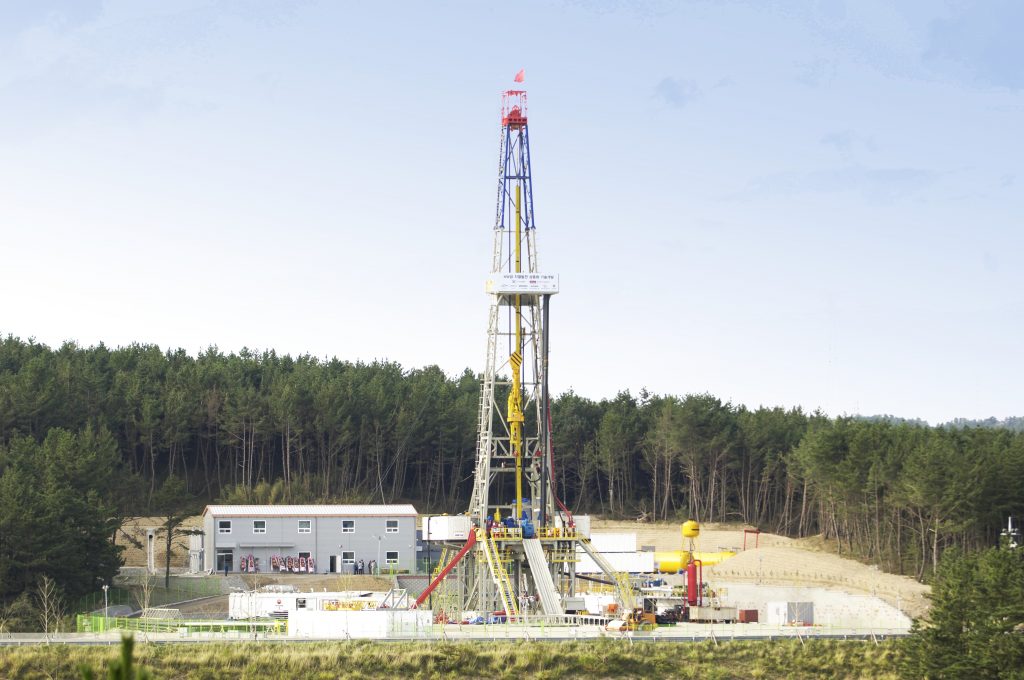Interview looks into EGS, its role and impact for geothermal energy development

In a recent interview, one of North America’s leading seismicity experts on geothermal energy, Ernest Majer provides some interesting insight into the history of enhanced geothermal systems and the 2017 South Korean quake.
In a recent article in the Climate Examiner, a website by the Pacific Institute for Climate Solutions, one of North America’s leading seismicity experts on geothermal energy, Ernest Majer provides some interesting insight into the history of enhanced geothermal systems and the 2017 South Korean quake.
This spring, a pair of papers appearing in the prestigious US academic journal Science concluded that in 2017 a pilot power plant in South Korea that employed enhanced geothermal systems (EGS) triggered the most damaging earthquake since the country started monitoring seismic events in 1905. The finding prompted discussions within the clean energy community about the potential impact on the development of this renewable resource.
The interview therefore targets the questions on how conventional geothermal and enhanced geothermal systems different, how enhanced/ engineered geothermal systems (EGS) came about, as well as why it is so interesting, while at the same time challenging to develop EGS projects.
A rather good insight into EGS and the thoughts on the events in South Korea that got a lot of publicity lately. For the full interview use link below.
Source: The Climate Examiner